When there are existing trees on a development site, moving the tree is often considered as a method of tree preservation. Often the tree is growing in an “inconvenient” location for the project and tree preservation is either desirable, politically expedient, or required by local ordinance. While trees can be moved, there are some realities to consider.
Underground space
For most mature trees, you will need space to dig two big holes: one to dig the tree out, and one in the new tree location. How big? Measure the trunk diameter about 12 inches (305mm) from the ground. If the diameter is 8 inches (203mm) or more, the width of the rootball must be 10 to 12 inches (254mm – 305mm) per inch of trunk diameter. For example, a tree that is 12 inches (305mm) in diameter at the base requires a hole that is at least 10 to 12 feet (3 to 3.6m) wide to preserve roots, plus a little more room to maneuver the tree out and in.
The hole does not have to be particularly deep; most tree roots grow in the top two to three feet (0.6 to 0.9m) of the soil. In general, a depth of 30 to 36 inches (762 to 914mm) for mature trees is sufficient, but this will vary depending on soil type, tree age, and species.
Palm trees are an exception; because of how their roots grow, it is possible to dig closer the trunk regardless of tree height. Rootball depth may be deeper than for a woody tree. The iconic Canary Island Palms of downtown San Francisco were transplanted at their mature size with rootballs that were 5-foot (1.5m) cubes. You couldn’t get away with this with a woody tree.
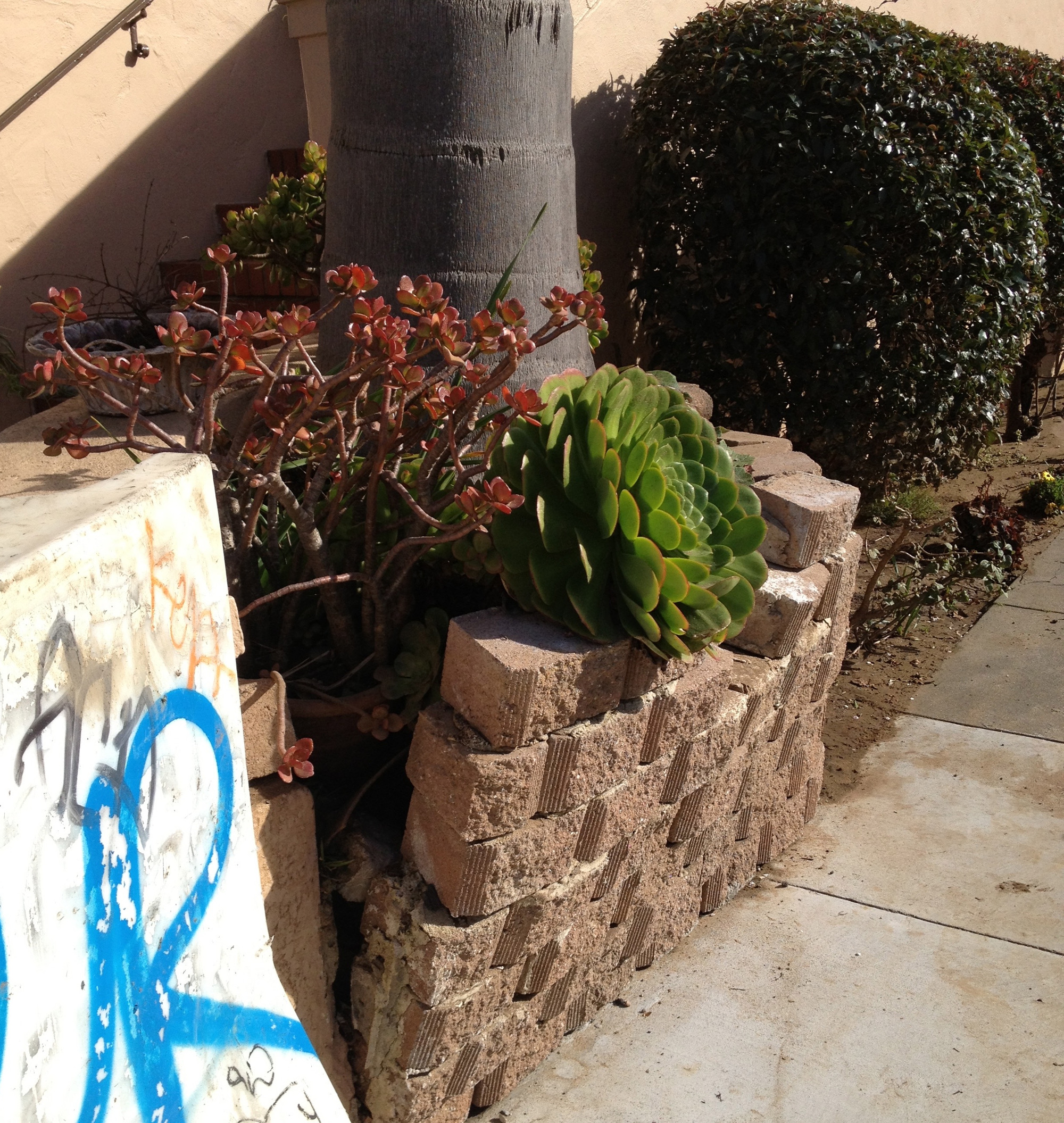
This palm tree’s planter box was damaged by water from a broken main, compromising tree stability. Because palms are easily transplanted, the palm can be relocated into the ground in its original location with a very good chance of survival.
Storage
If the tree must be removed but cannot be replanted right away, the rootball will need to be boxed and the tree will need to be stored somewhere and watered. Storing the tree for six months or more is better for the tree than digging it up, storing it for a few weeks or months and then transplanting it. The longer storage time allows for trees to grow new feeder roots to absorb water and nutrients.
Access
The tree will need to be transported from its old location to its new location, or possibly to and from an offsite storage location. The route between these locations must provide sufficient horizontal and vertical clearances for transporting.
Smaller trees can be moved with a tree spade, a device that can dig the new hole as well as dig out and transport the tree. Larger trees may require digging, wrapping, or boxing of the rootball and then transporting by truck. Some trees may be moved using cranes.
Depending on the method of transport used, trees may be moved in a vertical or tilted position. Branches may or may not be tied depending on their flexibility. Overhead utilities, narrow roadways, or other obstacles may make tree moving difficult or impossible, despite other factors being favorable.
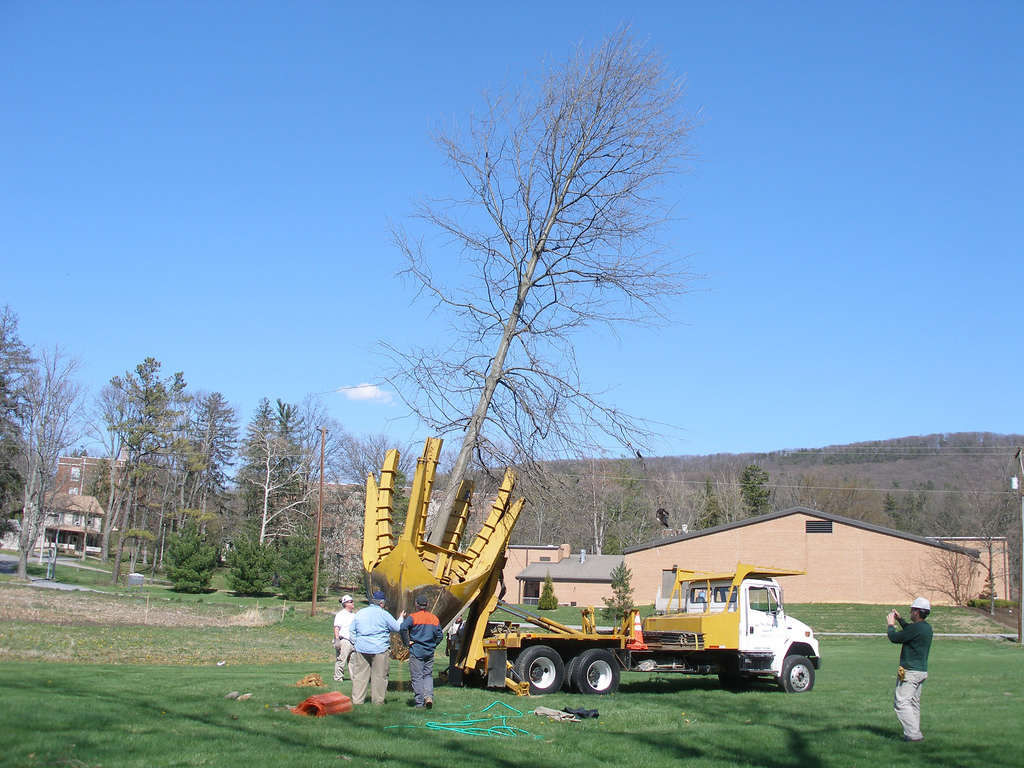
A tree spade in action. Peter Linehan | CC BY 2.0
Aftercare
Aftercare is vital to transplanting success. In addition to watering, aftercare may also include misting, mulching, support hardware, and follow-up visits. Most companies that specialize in tree moving provide detailed aftercare instructions and will not guarantee any tree moving job if aftercare is not provided exactly to their specifications.
Aesthetic changes
The definition of a successful transplant is a tree that survives. The tree may not look the way it does before transplant. Some branches may die or lose vitality due to transplant shock. The tree may need to be pruned for transport or to fit into its new location. What you like most about the tree may not be preserved even with the best practices in place.
If you are considering moving a tree of any size, work with a company that specializes in this process. They can give you an honest assessment of the challenges and costs involved. A representative of one such company told me once, “Any tree can be moved, provided there is unlimited budget.” There are certainly some amazing tree moving stories out there. If you are lucky enough to have the opportunity to move a tree on your project, yours might be one of them.
Ellyn Shea is a consulting arborist in San Francisco.
Top image: Transplanted oak at the Alamo by Kathy Dempsey / CC BY-NC 2.0

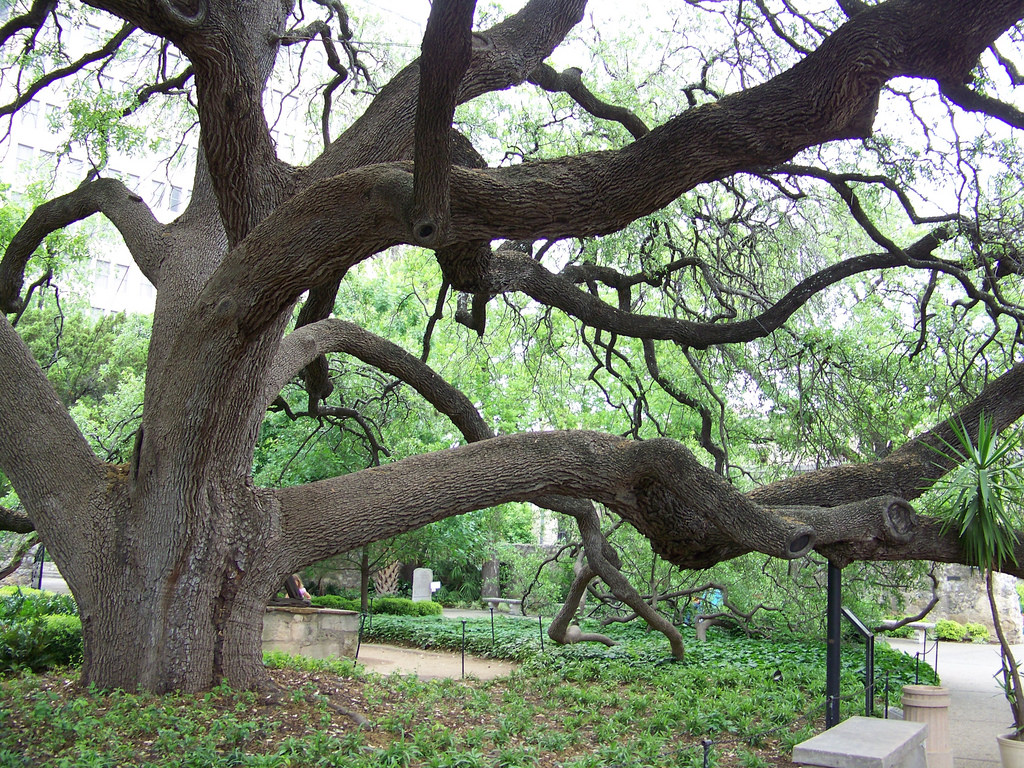
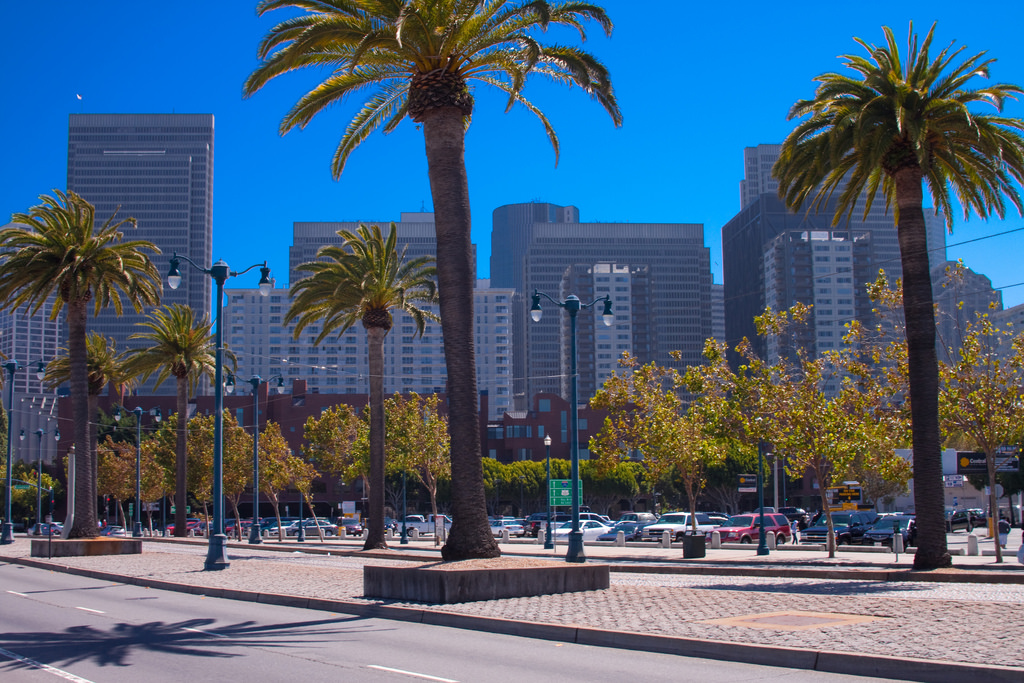
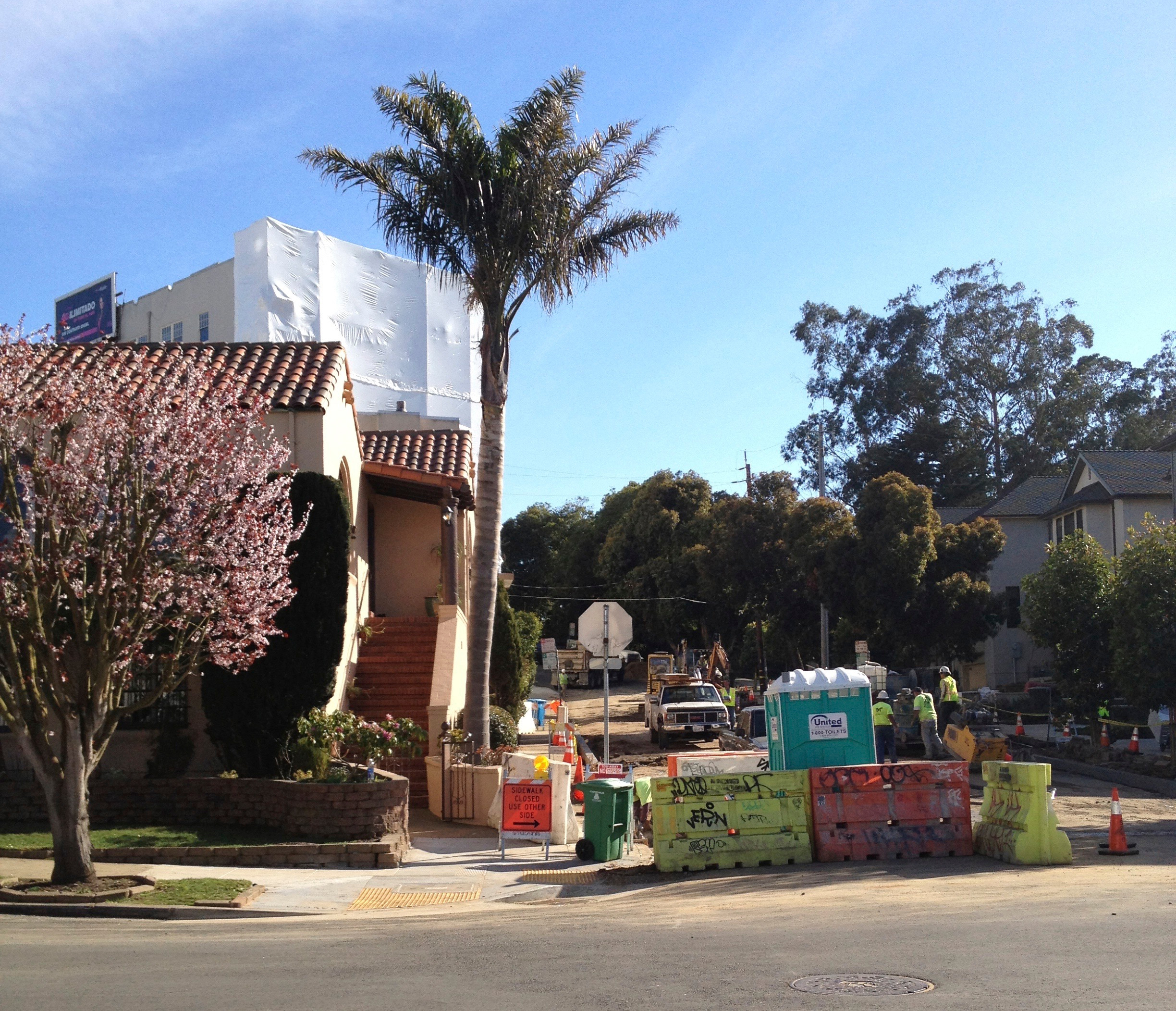

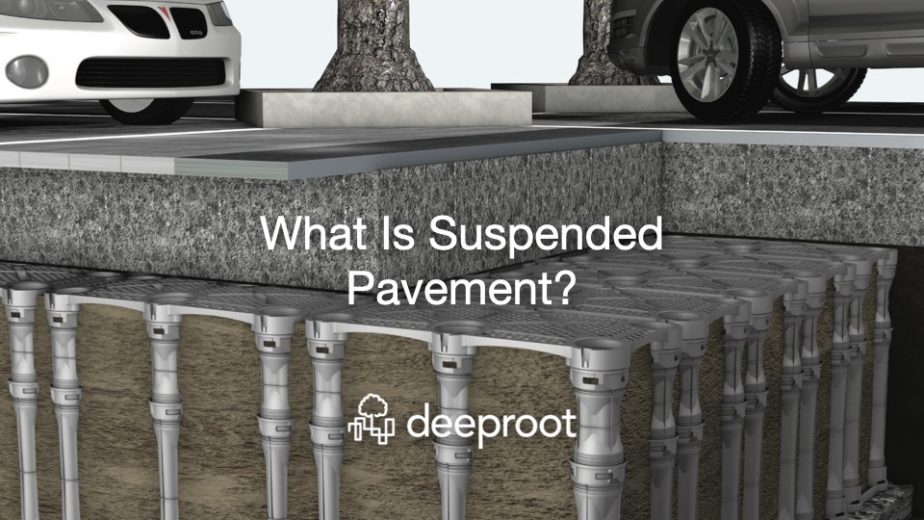


Leave Your Comment